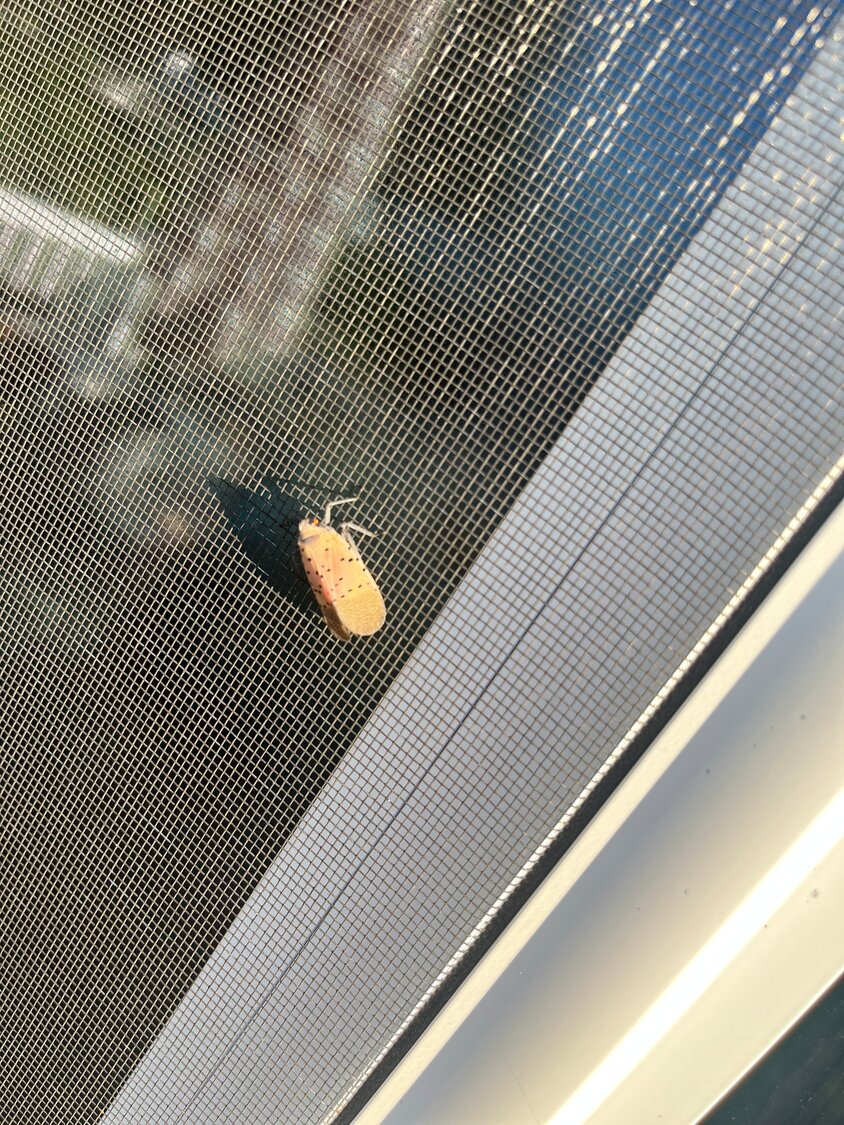Spotted lanternflies have arrived in Rockville Centre
The spotted lanternfly, an invasive species that feeds on plants and trees, has made its way to Rockville Centre.
“Several residents have reported seeing spotted lanternflies,” Village Trustee Katie Conlon said at the board meeting on Aug. 7. “The spotted lanternfly is an invasive insect from Asia that feeds on a wide variety of plants and trees.”
The species was discovered in Pennsylvania in 2014, and it quickly spread across the region, establishing populations in nearby states including Delaware, New Jersey, Maryland and Virginia.
To try to slow the spread to New York, the state issued an external quarantine in October 2018, restricting the movement of goods and vehicles from states where the flies are known to have populations.
“The goal of the quarantine we have implemented is to help reduce the opportunities these pests may have in hitching a ride on firewood, plants and other common outdoor items and entering our state in the first place,” Richard Ball, the state’s commissioner of agriculture, said in 2018.
While the quarantine has helped slow their spread, by 2020 the lanternfly had made its way to Staten Island — the first center of infestation in the state — and it has since shown up on Long Island and parts of upstate New York.
Nymphs, or newly hatched lanternflies, have an almost ladybug-like appearance. They are red with black and white spots, and can typically be seen from April through July.
They begin to transition from July through September, and grow to roughly an inch long and a half-inch wide. They can be identified by their distinctive wings, which are covered in black spots.
In the fall, the adults lay inch-long egg masses on anything from tree trunks, rocks and vehicles to outdoor furniture and firewood.
“The spotted lanternfly poses a risk to many of our trees and plants,” Conlon said. “The adults and nymphs … feed on the sap, which causes distress to the trees, making them vulnerable to other diseases and attack from other species.”
According to the state Department of Environmental Conservation, one way to detect an infestation is to look for trees that are oozing from a tiny open wound, which can appear wet and may give off a fermented odor or a gray trail on the bark. Infestations can cause wilting, defoliation and plant death, and can damage a number of agricultural crops including apples, grapes, hops and walnuts.
Lanternflies excrete a sticky liquid waste while feeding, called “honeydew,” that promotes mold and negatively affects the growth and yield of plants and fruits. The mold can interfere with a plant’s photosynthesis, attract swarms of insects that hinder humans’ outdoor activities, and spread to people’s hair and clothes.
According to the state agriculture department, New York produces more than 30 million bushels of apples each year, while the annual grape harvest is valued at over $50 million.
“When you see them, you should kill them,” Conlon said of the lanternflies. “But it’s also important now, when preparing for the winter, to check your outdoor items for spotted lanternfly egg masses, including those items you may bring indoors.”
If you spot the egg masses around your property, dispose of them by scraping them into a plastic zippered bag filled with hand sanitizer or a bucket of hot, soapy water.
Conlon said that it is also recommended that residents inspect their yards for any signs of the pest, particularly at dusk and later in the evening when they tend to gather on tree trunks or the stems of plants.
For more information on the spotted lanternfly, the potential impact of the species on agriculture, insect look-alikes, and other frequently asked questions, visit the New York State Department of Environmental Conservation or the New York State Department of Agriculture and Markets online.






